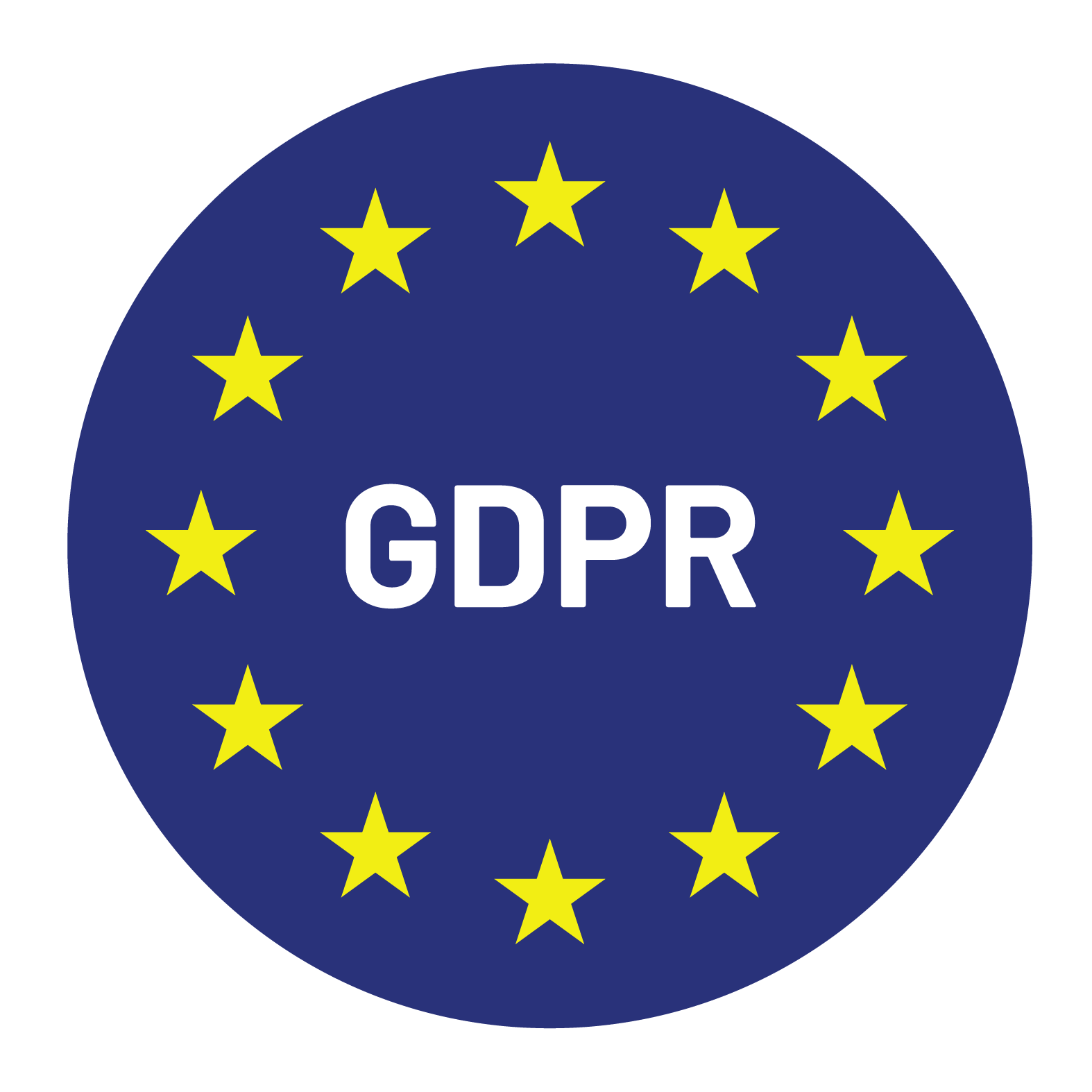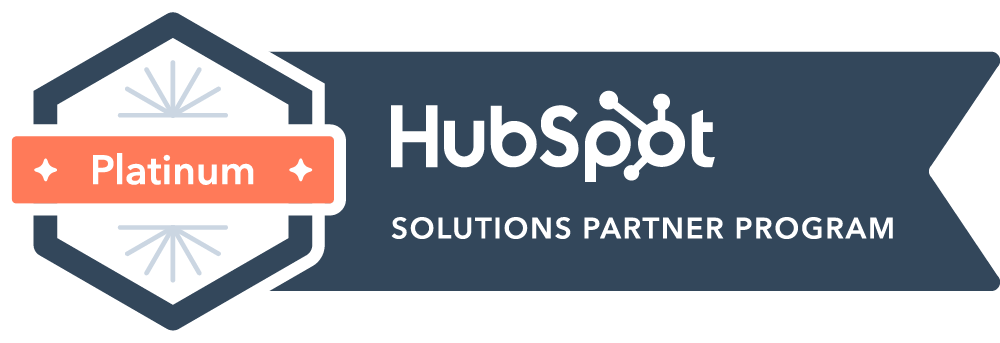

Founder and CEO of Whistle, with over 10 years of selling technology to hundreds of SMB and Enterprize companies across multiple sectors.
In today’s competitive market, businesses need to adopt intelligent outbound strategies to boost their sales and stay ahead of the competition. You might be wondering what Intelligent Outbound is? It is a data driven approach that utilizes advanced technology and analytics to optimize outbound sales campaigns. By leveraging customer insights and market trends, intelligent outbound enables businesses to target the right audience with personalized and relevant messaging. This innovative strategy focuses on building strong customer relationships, increasing conversion rates, and maximizing ROI. With intelligent outbound, businesses can effectively reach potential customers, generate qualified leads, and enhance their overall sales process. In this article, we will explore the benefits and best practices of intelligent outbound and how it can transform your sales campaigns for greater success.
Intelligent outbound marketing offers businesses various benefits that can significantly impact their growth and success. By effectively reaching a large audience quickly, this strategy generates immediate results and creates a sense of urgency.
One of the key advantages of intelligent outbound marketing is increased visibility. By proactively reaching out to potential customers, businesses can expand their reach and increase brand awareness. This allows them to stand out from the competition and build a strong customer base.
Furthermore, intelligent outbound marketing enables direct connections with potential customers. This direct approach fosters meaningful conversations and relationship-building, leading to higher conversion rates. The ability to target specific customer segments ensures that businesses reach the right people with their message, increasing the chances of turning leads into customers.
Another benefit of intelligent outbound marketing is faster lead generation. Unlike inbound strategies, where businesses rely on prospects to find them, outbound methods allow businesses to actively seek out potential buyers. This proactive approach speeds up the sales cycle and ensures that new leads are constantly being generated.
Understanding your target audience is a crucial aspect of successful outbound sales campaigns. By having a deep understanding of who your potential customers are, their unique needs, pain points, and preferences, you can tailor your outbound strategies and messages to resonate with them effectively.
This knowledge helps you create more personalized and relevant communication, increasing the chances of capturing their attention and interest. Additionally, understanding your target audience allows you to identify the right channels and platforms to reach them, optimizing your outbound efforts and maximizing your impact. By addressing the specific needs and desires of your target audience, you can establish stronger connections. It is important to invest time and resources in gathering insights about your target audience through market research, customer surveys, and social listening to fuel the success of your outbound sales campaigns.
Identifying customer profiles and personas is an important step in building an effective outbound sales campaign. This not only improves the chances of success but also ensures that you’re reaching the right people with your message.
Creating ideal buyer personas involves gathering information about your target buyer’s interests, pain points, and role within their organization. By doing so, you can gain insights into what motivates them, the challenges they face, and how you can position your product or service as a solution. This allows you to craft personalized messages that resonate with your potential customers, increasing the likelihood of a positive response.
When developing ideal buyer personas, it’s important to consider various factors such as demographics, industry, and job title. By understanding your target audience, you can better align your outbound sales strategies to maximize their effectiveness. This includes tailoring your messaging, choosing the appropriate channels to reach them, and addressing their specific pain points throughout the sales process.
Maximizing reach through segmentation involves dividing the target audience into smaller, more relevant segments based on various criteria such as
By segmenting the market, businesses can identify specific groups within their target audience that share similar characteristics and needs. This enables them to tailor their messaging to each segment, making it more personalized and relevant. For example, a company selling fitness apparel may create different messages for young fitness enthusiasts, middle-aged individuals looking to stay active, and seniors seeking comfortable workout attire.
Segmentation also helps in better understanding ideal buyer personas. By analyzing the characteristics and behaviors of each segment, businesses can gain insights into their motivations, pain points, and preferences. This information is crucial for developing effective outbound sales strategies that resonate with potential customers.
Crafting personalized outbound sales messages based on segmentation increases the chances of capturing the attention of the target audience. By addressing their specific needs and pain points, businesses can establish a deeper connection and build trust with potential customers.
In order to develop a better understanding of your audience, data analysis plays a pivotal role. Utilizing data allows businesses to gain insights into their potential customers, empowering them to create targeted and impactful marketing campaigns.
The primary step in utilizing data is conducting thorough audience research. Customer surveys are an excellent way to collect this information directly from your target audience. By asking targeted questions, businesses can gain valuable insights into what their customers want and need.
Additionally, website analytics provide essential data regarding visitor behavior on your website. By analyzing metrics such as page views, bounce rates, and conversion rates, businesses can identify patterns and trends that inform their outbound marketing strategy. This data can reveal which content resonates with your audience, what actions they take on your website, and what factors influence their decision-making process.
Social media insights also offer valuable data that can be utilized to better understand your audience. By understanding engagement metrics, such as likes, comments, and shares, businesses can identify the types of content that resonate with their target audience. Furthermore, social media platforms provide demographic data and audience insights, enabling businesses to segment their audience and create more targeted campaigns.
Outbound campaigns involve reaching out to potential customers through various channels, such as cold emails and cold calls. By utilizing strategies and techniques to engage with their target audience, businesses can generate qualified leads and increase their conversion rate. From understanding the target audience to developing personalized outreach tactics, crafting effective outbound campaigns requires a strategic approach and a deep understanding of the customer’s needs and preferences. With the right outbound marketing strategy in place, businesses can effectively communicate their value proposition and build relationships that drive business growth.
Writing engaging cold emails and calls is essential for grabbing the attention of potential customers and generating qualified leads. Here are some key elements to keep in mind when crafting your outreach:
Remember to keep your email concise and focused on the recipient’s needs. By effectively incorporating these elements into your outreach, you can increase the likelihood of a positive response and conversion.
To effectively optimize content, it is important to diversify your content types. Consider utilizing a variety of formats such as whitepapers, presentations, infographics, blogs, and case studies. This ensures that you are catering to different preferences and learning styles. For instance, some individuals prefer in-depth analysis provided by whitepapers, while others may prefer visually engaging infographics or quick-read blog posts.
In terms of distribution, email marketing and online communities are two effective channels to consider. Email allows you to directly reach out to your target audience and deliver content that is relevant to their needs. Online communities, such as forums or social media groups, provide an opportunity to engage with your audience and distribute content in a more interactive manner.
Remember to continuously analyze the performance of your content and make adjustments accordingly to ensure maximum impact.
Leveraging automation is key to achieving scalability and efficiency in outbound sales campaigns. By implementing outbound sales software, like a Customer Relationship Manager (CRM), businesses can streamline their processes and save time, allowing their sales teams to focus on building relationships and closing deals.
CRM systems, account and contact management tools, mobile sales apps, and sales forecasting tools are also available within outbound sales software. These tools help sales teams stay organized, manage customer relationships effectively, and forecast sales accurately.
One of the main benefits of using outbound sales software is the ability to automate repetitive tasks. This includes tasks such as sending cold emails or making cold calls. Automation streamlines these processes, allowing sales reps to reach a larger audience in a shorter amount of time. Additionally, automation ensures consistent and personalized communications, which can help build trust and rapport with potential customers.
Sales reporting and analytics tools are another valuable feature of outbound sales software. These tools provide insights into the effectiveness of sales campaigns, allowing businesses to track key metrics such as conversion rates and qualified leads. This data can then be used to optimize future campaigns and allocate resources more efficiently.
This involves identifying the target audience and potential customers who are most likely to be interested in your product or service. Utilizing various resources like LinkedIn, trade publications, and online directories can help to build a comprehensive prospect list.
Crafting compelling cold emails is the next crucial step. These emails should be personalized, concise, and highlight the value your product or service can bring to the prospect. Using competitor SEO keywords and subject lines that grab attention can increase the chances of getting a response.
To ensure the success of the outbound strategy, collaboration between the sales and marketing teams is essential. Sales teams can provide valuable insights into prospect pain points and preferences, while marketing teams can optimize email content and design to attract and engage potential customers. Regularly scheduled meetings and open communication channels help maintain alignment and maximize campaign performance.
Data analysis plays a role in tracking campaign performance. By monitoring key metrics businesses can evaluate the effectiveness of their outbound efforts. This data can then be used to make data-driven decisions, refine the outbound strategy, and allocate resources more efficiently.
Lastly, leveraging multiple outbound channels is key to maximizing campaign effectiveness. By using a multi channel approach, it ensures a wider audience reach and increases the changes of converting prospects into customers.
This is essential for evaluating performance and determining the return on investment (ROI). Several key metrics can help businesses track and measure the effectiveness of their outbound efforts:
By monitoring these key performance indicators (KPIs), companies can identify areas for improvement, optimize their outbound strategies, and allocate resources effectively to maximize ROI.
One of the key objectives of outbound sales campaigns is to generate qualified leads. These leads are the individuals or companies that are most likely to be interested in the products or services being offered and have a higher chance of converting into customers. By leveraging outbound channels such as cold calls, cold emails, and targeted outreach, businesses can proactively reach out to their potential customer base and increase their chances of success.
When it comes to outbound sales campaigns, connecting with the right prospects is crucial for success. This means gathering targeted prospect data and qualifying leads before reaching out. By investing time in research, sales teams can ensure that they are focusing their efforts on potential customers who are most likely to convert.
One effective way to find and verify the contact information of decision makers is by using sales automation tools.
Segmenting email lists based on the likelihood of purchase is another important strategy that can maximize the efficiency of outbound campaigns. By categorizing prospects into different segments, sales teams can tailor their messaging and offers to better resonate with each group.
In the world of outbound marketing, having access to a strong and accurate database of contacts is essential for achieving success. A well-curated database not only allows sales teams to target their outreach efforts towards potential buyers, but it also opens up opportunities for building valuable relationships with prospects.
With the advancements in technology, AI-powered lead filters have emerged as highly efficient database solutions. These tools capture intent data, enabling businesses to target prospects actively searching for specific solutions. By leveraging intent data, outbound campaigns can focus on prospects who are more likely to be interested and make a purchase.
In the process of building a database, it is also crucial to emphasize the significance of contact opt-ins. Opt-in contacts indicate a potential interest in the products or services being offered, making them more receptive to outreach efforts. Nurturing and closing leads becomes easier when the database includes contacts who have explicitly given permission to receive communications.
Outbound sales campaigns can seem daunting when you first start out. At Whistle, we streamline the process for you, and make things as efficient and effective as possible. Book a meeting with us to find out how we can help you.


© Copyright – Whistle 2023